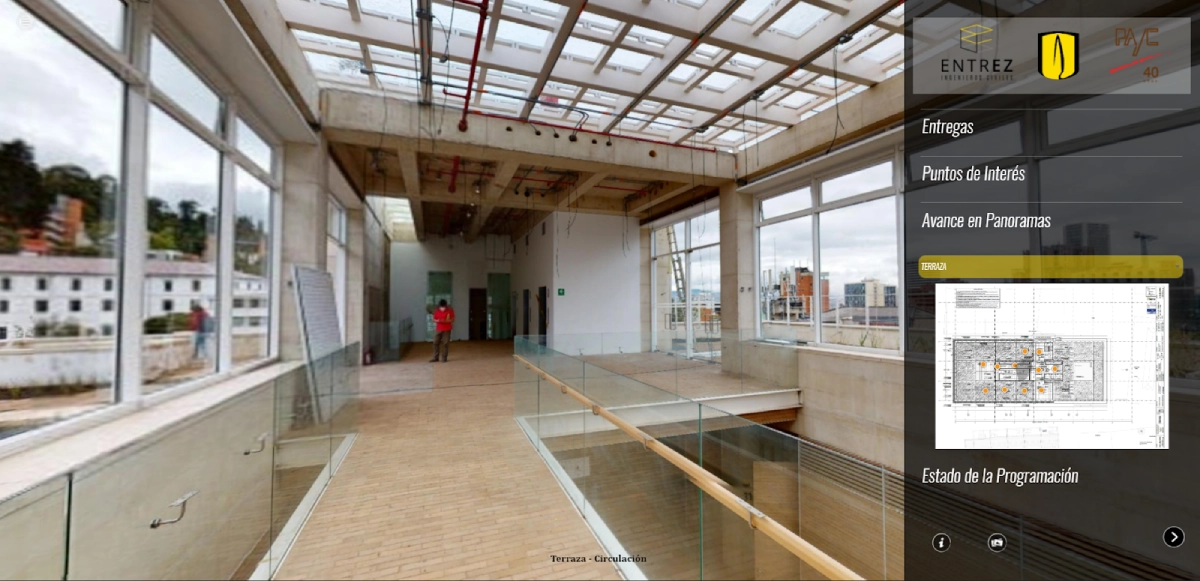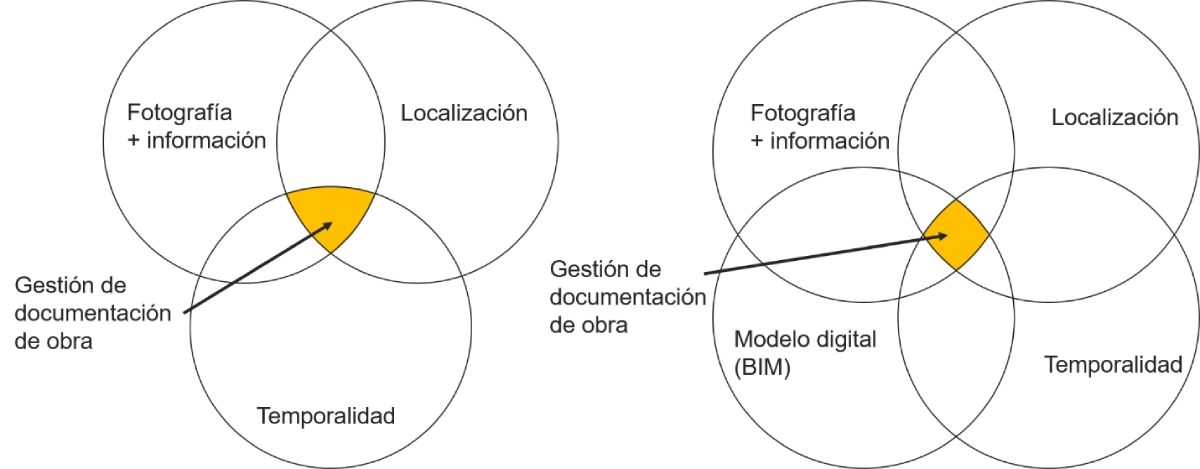Digital Twins: Technology to Enhance Transparency and Control in Construction
Presentation of the thesis or topic: This is a type of introduction in which the journalist provides a general background on the fact or idea they plan to develop in order to reach a specific context. Similarly, it presents the ideas that will be tested later in the body of the text through the provision of data or figures.
The AECO sector (Architecture, Engineering, Construction, and Operations) has historically lagged behind other industries in adopting innovation, technology, and collaborative methodologies. This persistent delay continues to impact our sector, leading to project delivery failures in terms of cost, schedule, quality, and scope — often falling short of what investors and clients envisioned during early planning phases.
This situation is particularly evident in civil construction projects throughout Colombia and Latin America. Across the project lifecycle, numerous challenges arise — and many opportunities for improvement. Common issues include: unclear scope definitions by clients, lack of technical coordination, planning that isn’t based on reliable data, weak risk management, poor material quality, and, most notably in this article, insufficient adoption of digital tools to monitor construction progress. This shortfall not only hampers control and communication but also undermines quality assurance and enables corruption.
In this section of the text, the author develops the information and provides a brief analysis, expressing ideas in a subjective or personal tone, which characterizes their voice. This gives them their own unique style, which sets them apart from other journalists or writers. Consequently, the columnist can play with the structure of their writing by presenting their thesis at the beginning and ending with a conclusion that summarizes the idea described at the beginning.
Why Use Digital Twins?
Traditional project monitoring practices make it difficult to visualize and track the actions of each stakeholder. While this doesn't justify corruption, it does expose how a lack of transparency contributes to it. We need clearer, more transparent systems to reflect the real-time state of construction projects. This is where digital twins come in. Digital twins — virtual replicas of real-world construction — are becoming essential tools because they enable the transformation of many construction processes. They allow for deeper analysis and broader use of project information that was previously inaccessible or fragmented. The benefits of this innovation reach across the board: project owners, contractors, supervisors, investors, trusts, banks, and even insurance companies.
How Do We Create a Digital Twin?
Through virtual site walkthroughs (EZ-ROV), projects are periodically documented with 360° photography. This process creates an interactive historical record of the project's progress, enabling stakeholders to easily visualize the state of construction over time. These walkthroughs serve as a communication bridge among all project participants and are among the most accurate ways to document project conditions. Each 360° image captures the equivalent context of at least eight 2D photos. When images are linked, users experience seamless navigation — much like a "Google Street View" for construction.
Some of the benefits of EZ-ROV include improved communication between participants, elimination of confusion about construction progress, accurate documentation of existing conditions, improved productivity of construction teams, contributed to the resolution of disputes between participants, accelerated the calculation of construction cuts, allowed for the evaluation of unsafe conditions and their management, and generated a detailed record (as-built) of the project's facility networks (especially those hidden from view). This tool will improve the preparation and training of contractors prior to entering the site (induction of emergency exits, connection points, hydration points, etc.), recreate incidents after an accident has occurred, and avoid human intervention in high-risk projects, among others

Construction sites generate large volumes of data — yet, according to FMI (2018), less than 5% is effectively utilized. This data is rarely communicated beyond those involved in daily operations. Ironically, key decision-makers are often the ones least informed due to inefficient communication channels. At Entrez, we believe that digital walkthroughs (EZ-ROV) should integrate additional data layers — such as documents, maintenance records, work standards, and safety information — directly into the virtual environment. This provides users with centralized access to critical project information.
In my opinion, efficient project document management should link at least three components into a single ecosystem to avoid endless folders containing hundreds of thousands of out-of-context photos that no one ever consults: high-quality photographs that allow direct measurements from the route, its location within the project, and the time at which the route was taken. However, for us at Entrez Civil Engineers, the ideal is four components: the three above plus the project's BIM (Building Information Modeling) models.
The digital model serves as the project's data backbone. As we improve the integration of data sources — connecting 360° images, BIM, and document repositories — we eliminate information silos. This strengthens team communication, reduces errors from duplicated or lost data, and creates a consistent information flow. Most importantly, it establishes a stronger communication bridge among project owners, designers, project managers, and construction teams. With just an internet link, walkthroughs can be shared with experts and colleagues for real-time review and feedback.

Ilustración 1. Gestión de documentación con 3 componentes (Izq.) y con 4 componentes (Der.)
The digital revolution in construction is challenging long-held assumptions. In project control, we no longer just have an opportunity — we have a responsibility to improve transparency and deliver better outcomes. The environmental, financial, and time-related costs of construction are becoming increasingly critical for society.
We must integrate technology as a core ally in construction control. Let’s capitalize on the momentum behind AECO’s digital transformation. Of course, no single innovation will solve all problems, but by continuing to implement tools like digital twins in a structured, purposeful way, we can elevate our industry. Through improved communication, enhanced quality control, and greater project transparency, we all win.